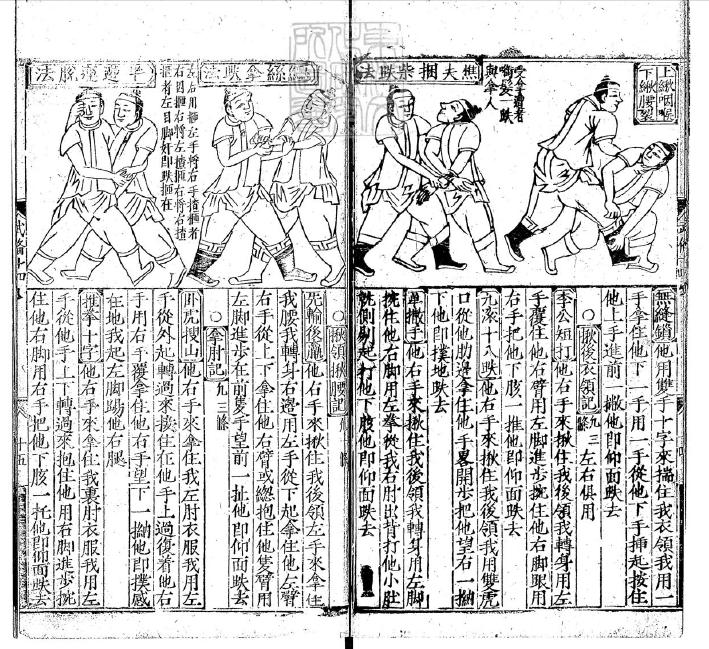Real vs. Fake
/Worldly Stage, Theatricality in Seventeenth-Century China, by Sophie Volpp, and (Harvard, 2011).
Honestly, I did not think I would make it through this book, but it kept surprising right to the end. It is well written, well organized, and has copious footnotes. But the subject matter is a form of physical-musical-theater that is only accessible to me through translations of scripts and my imagination. Since my primary interest in the subject is in finding answers to questions about the origins and development of martial arts and possible insights into the theatricality of the arts I practice, I was constantly filtering the author's ideas through that lens. Here is some of what I got:
Just how socially degraded were actors? Very. They were in a permanent caste that made them morally available for sex with either gender. Most actors appear to have been male and judging from the literature, most sex was with men. The book is full of innuendo and subtle slang, men who practice love of "the southern mode," or "the cut sleeve" (a reference to cutting one's own sleeve in order to not wake up a sleeping boyfriend.) Individual actors were role specialists, meaning that at a certain age their stage gender and style of movement was set. It remains an unanswered question whether livelong fidelity to a role was necessary to develop a high standard of skill or because they used those skills in other contexts such as fighting or sexual entertainment? A troop could be bought and owned as could individual actors, and they could be loaned out on a short term or long term basis. One could pay an additional fee to have a role played by a woman. Bonded house servants were higher status than actors, as they could marry out. Bonded servants were sometimes given training in acting. Owning an actor in those days must have been something like owning a large flat screen tv in your home is today.
Despite the strong lines of social degradation, there was a lot of line crossing which takes some time to get one's head around. Theater was everywhere. In the villages there were temple theaters and public performance spaces everywhere. Performances happening every day for a month were common several times a year in all sorts of concurrent locations. It is hard to get a sense of how common theater was or how much amateur theater there was, masked exorcism, or performance rituals, but I get the sense it was happening all the time. They had lots of stages, but all they needed to perform was a large square of red felt, and many types of performance involved the audience.
In the south around Hangzhou and Suzhou the norm was to perform on boats or barges! Readers may recall previous discussions about the origins of Taijiquan in which we posited that the technique developed from people who spent a lot of time on boats. This is a very strong explanation for the origins of Taijiquan's distinctive movement. Why it survived in and around Chen village is another question, but we are moving here from possible explanations to probable ones.
Among the literati, home theater was very common. These were big families and they would invite their friends over for shows. The actors would often double as servants, and most likely end up in peoples laps as the night progressed. The literati were obsessed with theater and theater framed all other social phenomena. The big back drop to the existence of the literati is that way more people were taking and passing the national exams than were getting appointments. To be able and capable of taking the exams and re-taking them to stay current, one had to be dedicated to the written word.
Surrounding literati culture was a constant muddle over authenticity and the theater was the obvious place to work that out. Who was really qualified? And how would you recognized such a person? Who got their position through money or connections? It was a total obsession that broke along certain lines that permeated the theater and real life. An actor could at least play a government official on stage, the vast numbers of 'qualified' literati who never even got an appointment could look on with envy.
Illusion vs. disillusion was the dominant dichotomy. Is this my authentic identity or am I acting? Is this play more ethically or emotionally real than the people I interact with socially or career-wise? You get the idea. These kinds of questions are quite modern, and are an endless source for art and debate. Anyone who has spent an hour looking at martial arts videos on Youtube knows that the dominant dichotomy there is Real vs. Fake. Is this real? Would it work in a street fight? Is it an authentic lineage? etc. etc. etc..ad nauseum. The difference between our modern notions and those of the 17th Century is that those guys were not so arrogant as to think they could actually get to some place called "real." They thought the best they could do was to oscillate between illusion and disillusion. Disillusion in the martial arts is like, "whoa dude, that technique looks so powerful but it like totally failed against a non-compliant opponent." Illusion is like, "l guess I'll have to buy that video of totally awesome street tested combat techniques after all...that'll make me top dog for sure." It's just my opinion, but I believe photos and video have played a huge role in changing our relationship to what is "real," in all realms, but especially in martial arts where even though it is still easy to fake or "throw" a fight, slow motion instant replay of Mixed Martial Artists "grounding and pounding" each other is a potent illusion.
It's fascinating, the debates we are having today about martial arts have a lot of similarities to the debates they were having about theater. Is spontaneity better than precise instruction? Does authentic passion make us better fighters, or better teachers? Does vernacular language have something to teach formalism? Think of this one in terms of the constant tension between rough experience and refined lineage. Is refinement better than vulgarity? And this one I love, is the spectator's ability to see, recognize and appreciate great art the true measure of a life worth living?
If the physical training for martial arts is a super set, or a subset, of training for the theater then naturally we would want to compare martial arts training manuals with theater training manuals. As readers are no doubt aware, there aren't a whole lot of martial arts training texts, or even poetic martial texts, before the 20th Century. (By the way, I would like to see a complete list if anyone has such a thing.) But at least martial training manuals do exist, even if they are mixed up with talisman, chanting, and images of god/heroes from the theater. As for theatrical training manuals, they do not exist at all.
We have all heard reasons why martial arts training was secret, but we are unprepared to explain why theater training would be even more secret. Is it because if you know how to act you can impersonate anyone? Including gods, demons and government officials? A good skill set must have had promising commercial value given adoring literati and the widespread use of "opera" as a part of village ritual calenders, but the complexity of the social contract also makes the commercial value of those skills hard to assess.
As far as martial skills among actors, the book gives us no direct insights. But it is interesting to speculate that if they were debating illusion vs. disillusion as much as they were, was the same debate happening among people of the fist? I believe Douglas Wile has commented on this to the effect that generals didn't want troops with martial arts training because it interfered with infantry skills. These debates could well have been taking place. How often have we though, "I've been practicing these great skills but since I never get in fights, what use are they?" Even in the military, a great fighter could be picked off with a cheap crossbow. Who is going to respect true skill? Where would it be recognised or even criticized if not on the stage? (Susan Naquin has described numerous types of staged fighting as entertainment in her book on pilgrims.) It seems probable that in some places there were regular festivals where people could share, test and display their amateur arts and get recognition for their skills.
Other thoughts:
It is pretty common for a play to start with a martial display or a fight. Even "civil" plays about gender bending love things, like the one translated in the appendix, start with soldiers and troops marching around.
The wine shop was a very popular place to see theater, it seems particularly informal such that on a whim you could hire someone to perform at your table. I've written about the role of martial arts and banquets elsewhere, it's just worth noting that wine shops were a focal point for theater.
She discusses the dichotomy, familiar to most martial artists, between xing and shen. That is form vs. spirit. Interestingly, in the aesthetics of the time, things alike in spirit were considered "internal likenesses," while things alike in form were considered "external likenesses."
She discusses xu (fake/empty) as a key concept in the theater.
There is a category of plays which posits that, if most of our experience is an illusion, then can cultivating a strong relationship to theatrical illusion be a deeper form of authenticity?
How shall we morn falsely acquired merit?

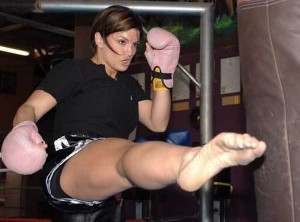
 al criticism she can find to the actual situation and history of women's boxing. The result? Not a single theory is consistent with reality.
al criticism she can find to the actual situation and history of women's boxing. The result? Not a single theory is consistent with reality.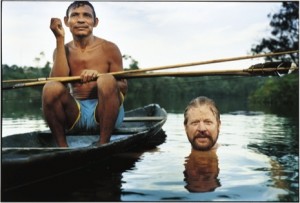 Perhaps you have heard the saying, 'cultures are mutually incomprehensible.' To start off, most people in the world have not had an immersion experience with another culture. Most people do not have the experience to say whether or not they are capable of comprehending another culture. Secondly, culture is not so easy to define. The English language is certainly functional for talking about business and air traffic control in most parts of the world. So certain aspects of culture can transcend culture, either because there is something similar in both cultures, or because a roughly equivalent concept can be carved out of a group of concepts, and function in translation. It's also conceivable that culture can change, but that is controversial because the norm is almost certainly that cultures change very slowly. An individual, however, can change, and even a whole group of people can adopt a new culture, or (controversial again) a hybrid culture. Certainly there are people who are truly bi- or even poly-lingual. But absolute fluency almost certainly requires being raised in that culture from day one. Some cultures, like the United States, can be very welcoming of people from other cultures, as long as they pick up their trash and generally follow our written laws, we happily tolerate their odd behaviors until they assimilate...even if they are Canadian.
Perhaps you have heard the saying, 'cultures are mutually incomprehensible.' To start off, most people in the world have not had an immersion experience with another culture. Most people do not have the experience to say whether or not they are capable of comprehending another culture. Secondly, culture is not so easy to define. The English language is certainly functional for talking about business and air traffic control in most parts of the world. So certain aspects of culture can transcend culture, either because there is something similar in both cultures, or because a roughly equivalent concept can be carved out of a group of concepts, and function in translation. It's also conceivable that culture can change, but that is controversial because the norm is almost certainly that cultures change very slowly. An individual, however, can change, and even a whole group of people can adopt a new culture, or (controversial again) a hybrid culture. Certainly there are people who are truly bi- or even poly-lingual. But absolute fluency almost certainly requires being raised in that culture from day one. Some cultures, like the United States, can be very welcoming of people from other cultures, as long as they pick up their trash and generally follow our written laws, we happily tolerate their odd behaviors until they assimilate...even if they are Canadian.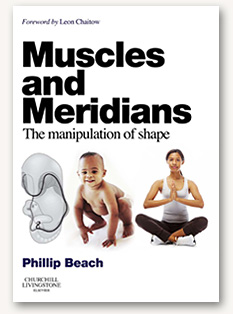 For a hundred or so years people enamored by acupuncture have put forward theories about how acupuncture works. A few of these theories have made the stretch from possibility to plausibility.
For a hundred or so years people enamored by acupuncture have put forward theories about how acupuncture works. A few of these theories have made the stretch from possibility to plausibility. 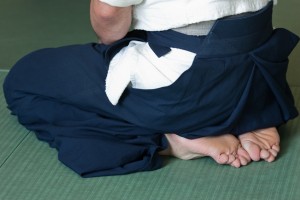

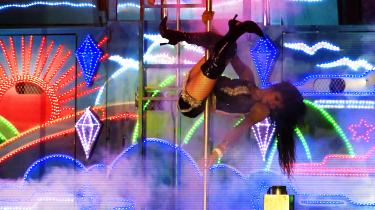 I don't have much of a commentary on this yet,
I don't have much of a commentary on this yet, 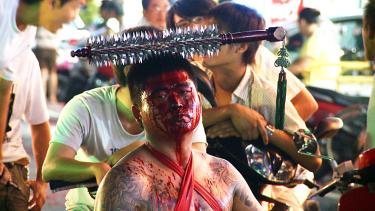
 For years I went with "something of great quality which takes time to develop" as my definition of Kung Fu. Then I switched to using Kristopher Schipper's definition of Kung Fu in
For years I went with "something of great quality which takes time to develop" as my definition of Kung Fu. Then I switched to using Kristopher Schipper's definition of Kung Fu in 

